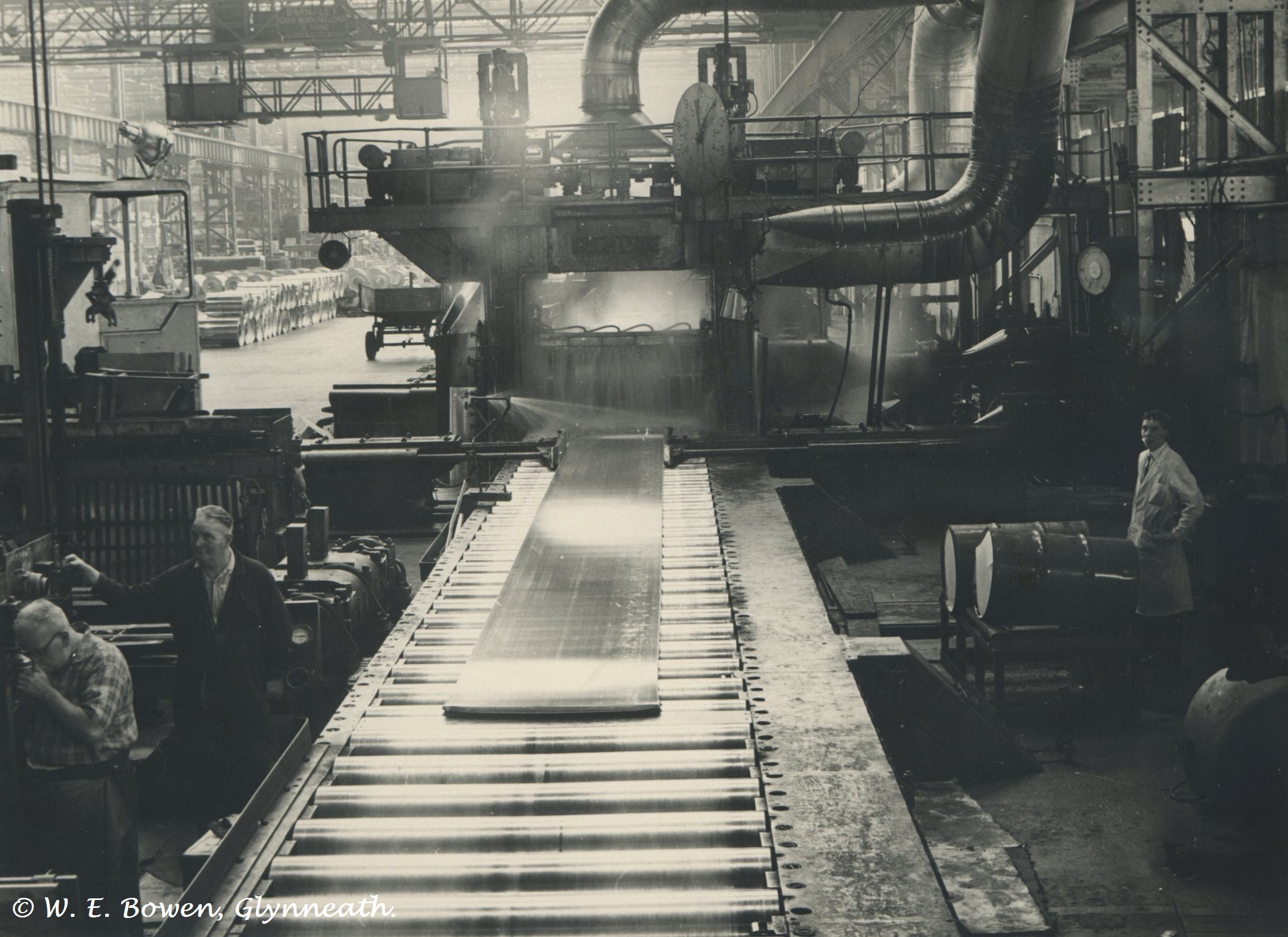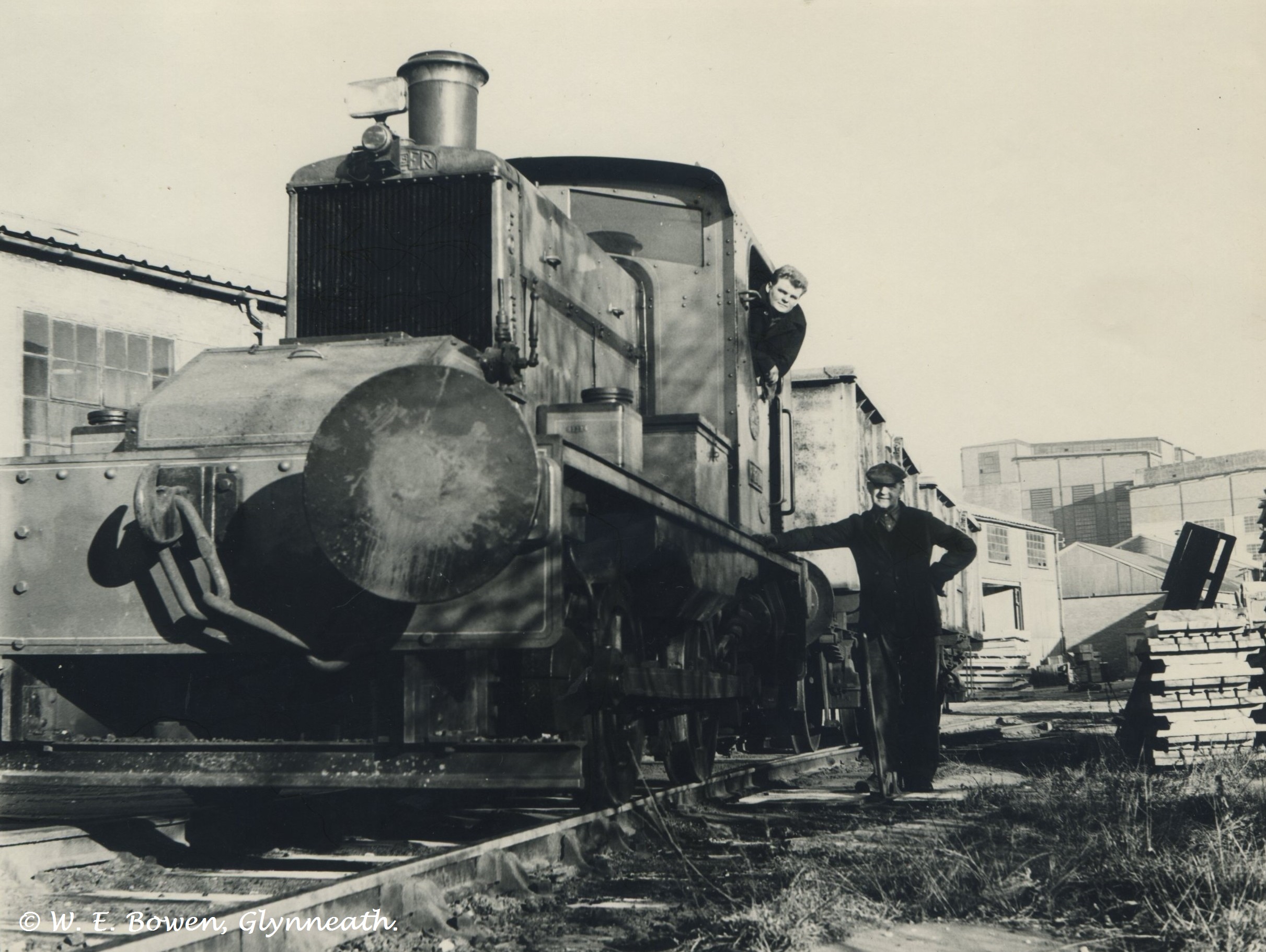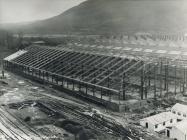Content can be downloaded for non-commercial purposes, such as for personal use or in educational resources.
For commercial purposes please contact the copyright holder directly.
Read more about the The Creative Archive Licence.
-
Crane, clearing Rheola Works, Glynneath, 1981










Do you have information to add to this item? Please leave a comment
Comments (2)
You must be logged in to leave a comment